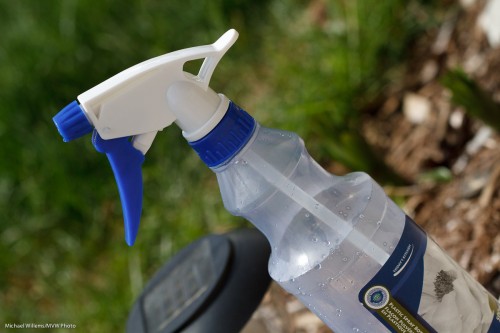The front porch is full of tulips. Beautiful. And we will have Vancouver-type weather (i.e. rain) for the next seven days so I shot a few snaps while I could.
I used a macro lens.Handheld, which is bad. And I used the light you should never use: direct sunlight. And yet, I wanted a few pics.
So what are my strategies to deal with this? here are some of them.
Shoot close up. Use a macro (Nikon: “Micro”) lens if you can and capture detail.
Select a small enough aperture. A small “F-number” like 5.6 or 4.0 will give you way too restricted depth of field. You may need to shoot at f/8, f/11 or even f/16 or sometimes beyond.
Watch the wind. Shield the flowers from it, or shoot when they are momentarily still.
Use a high enough ISO. That way you can get the shutter speed up to, say, 1/500th of a second, while keeping a nice small aperture.
Shoot through the flower if you can. Nice saturated colour will result, instead of washed-out overexposed colour.
Watch the backgrounds. Simple is good. Simplify, simplify, simplify.
Select contrasting colours. Red and green. Or colours that go very well together like purple and green, my favourite combo.
Wait for a rain shower. Gentle spring rain looks good:
Alternately, do not wait. I have two secret words for you. Spray bottle, and water mixed with glycerine (available from any drugstore). OK, that’s six words.
Go on, go have some fun. Even if you live in Vancouver – sunlight bad, overcast good, for flowers.












